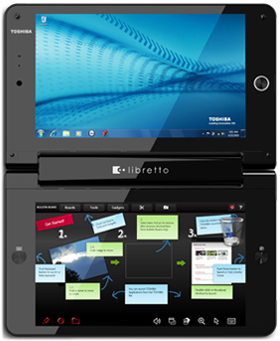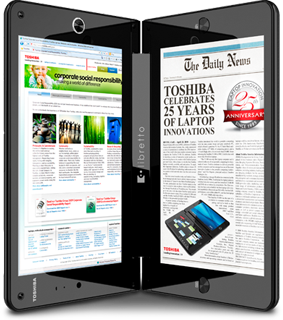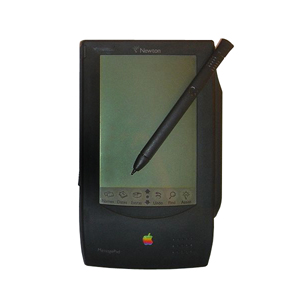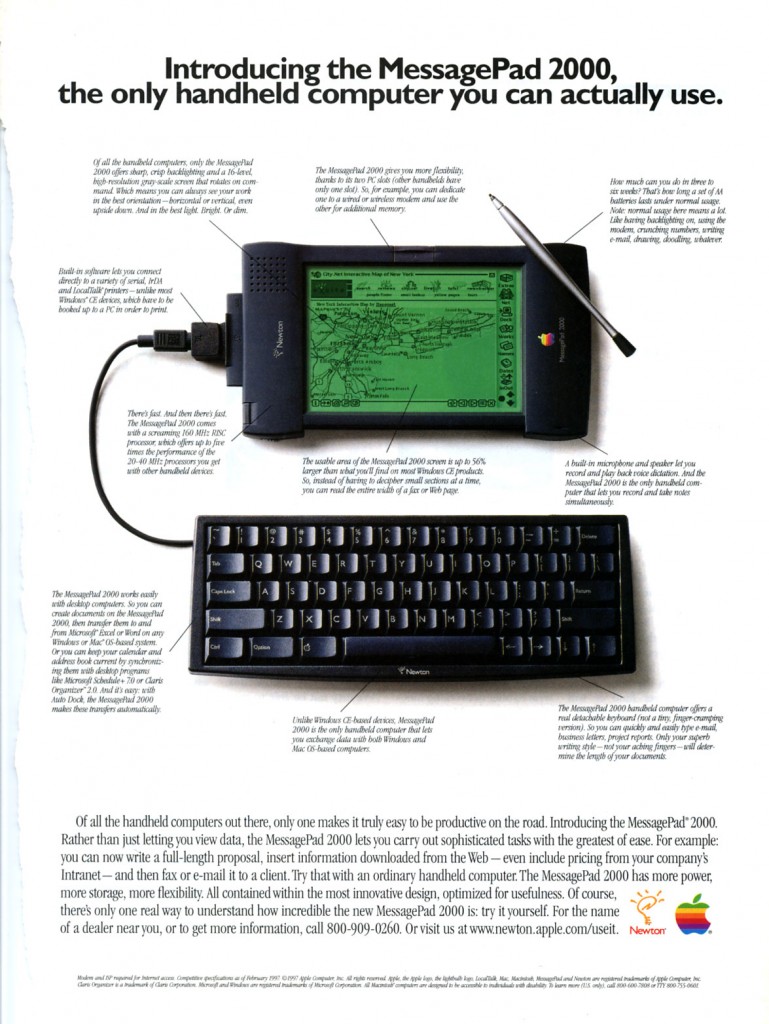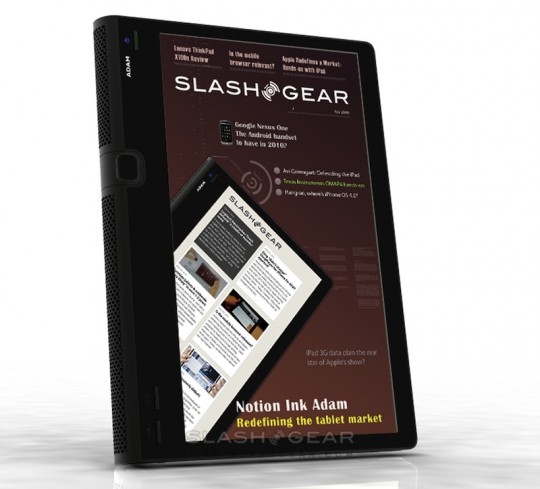Toshiba libretto® W100 Dual-Screen Laptop PC.
Sometime back when the iPad popped out from Apple’s stable, I kind of wished something like this was offered by Apple instead of the current iPad. I think the iPad is beautiful but it’s just not really a useful device.
The Liberto “looks like” it has its basics correct. There are two touch screens, you can use either as an input device and you can use the whole thing as a conventional laptop with a virtual keyboard on one of the touch screens. Smart and ideal. Except that the device looks a little too bulky for it’s size and definitely uglier than the iPad. Personally we would prefer something thats got a 15″ display on each side to work and play with.
http://www.timeline-studios.com/blogs/2010/02/concept-grid-with-tablets/
A concept I had with the dual screen tablets, probably some fodder for those who are actually developing these things.


